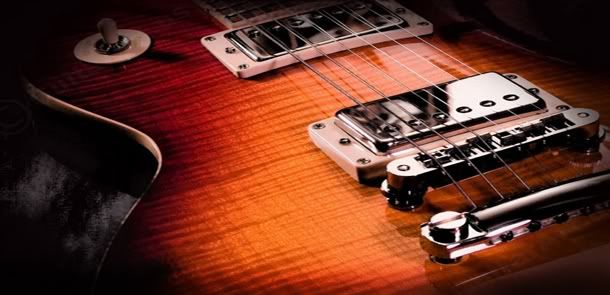The Classical Guitar (Nylon String)
It is a traditional guitar that is sometimes called the "Spanish guitar". It is a 6-stringed plucked string instrument that most flamenco players use. The strings G,B,E are nylon with the remaining 3 bass strings E,A,D are made of nylon fiber wound with metal thread. The strings of the classical guitar are typically made of nylon today, but animal gut strings from the old days are still being used by some guitar players.
The Acoustic Guitar (Steel String)
It is a modern of guitar descended from the classical guitar. It uses steel strings for a louder and brighter sound. It can be strung with a pick or plucked with fingers.
The Acoustic Resonator Guitar
The sound of this guitar is produced by one or more spun metal cones or resonators instead of the wooden sound board. It is designed to have a louder sound than conventional acoustic guitars. This guitar can be played in different ways like the Lap steel guitar style, finger style, and it can also be played using a bottle neck. It is commonly used in Blues grass and Blues music.
The 12 String Acoustic Guitar
It is an acoustic guitar with 12 strings in 6 courses, that produces a richer, more ringing tone than the usual six-string guitar. It produces a natural chorus effect due to the subtle differences in the frequencies produced by each of the two strings on each course. It is bigger and heavier, and is also tuned the same way as the usual six-string acoustic guitar.








